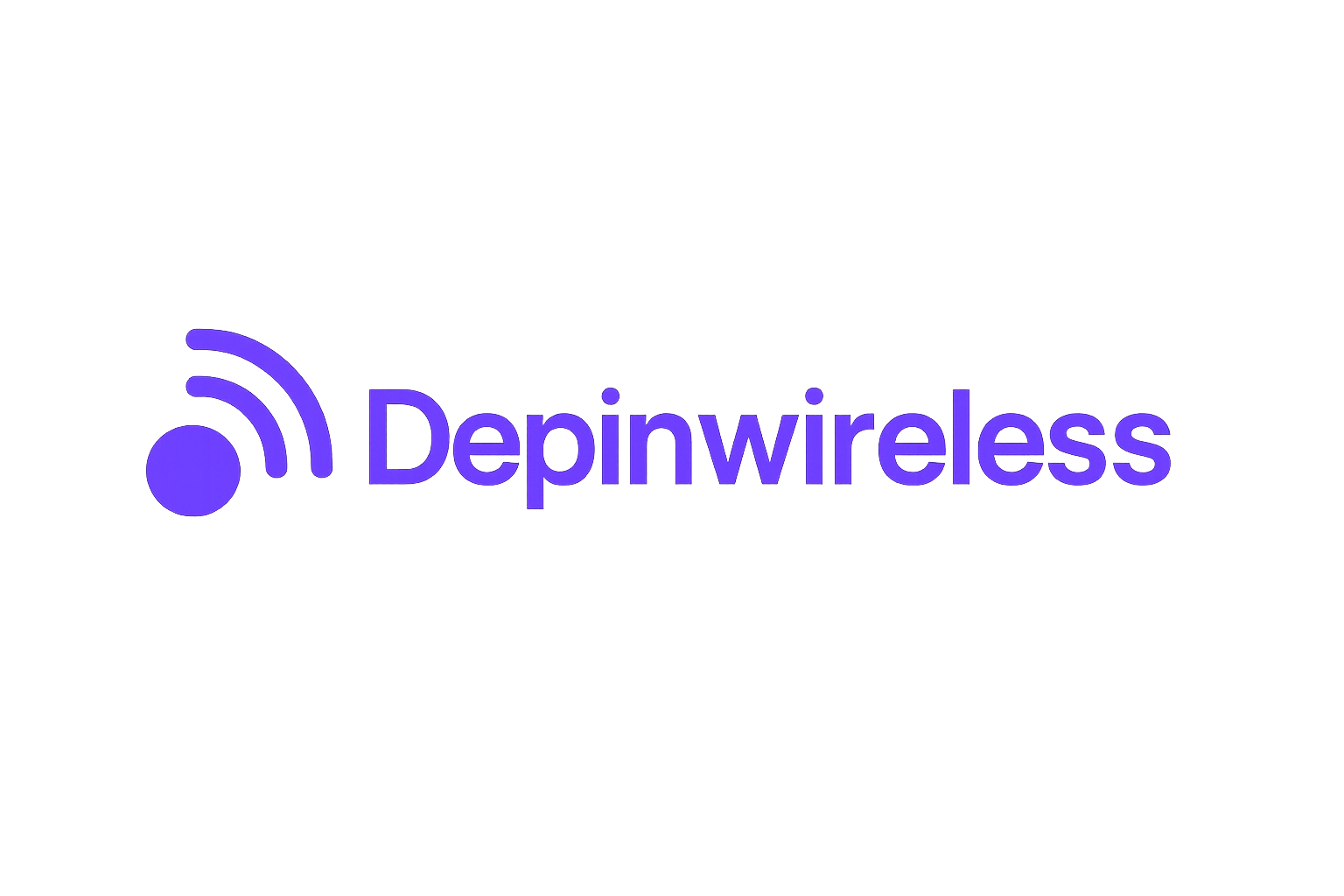
Stadiums have always been the ultimate testbed for wireless connectivity. With tens of thousands of fans all trying to stream, share, and connect at once, traditional networks often buckle under the pressure. But a new wave of innovation is reshaping this landscape: Decentralized Physical Infrastructure Networks (DePIN) are leveraging blockchain technology to deliver robust, scalable, and community-powered wireless solutions in stadiums worldwide.

Why Stadiums Need DePIN: The Connectivity Challenge
Large venues like sports arenas and concert halls face a unique set of challenges. Centralized wireless infrastructure struggles to keep up with surges in demand during events. Dead zones, slow speeds, and unreliable connections frustrate both fans and organizers. This is where DePIN projects step in, using blockchain-powered incentives to create decentralized networks that scale dynamically as needed.
The top 10 DePIN projects making waves in stadium connectivity are:
- Helium Mobile (Nova Labs)
- Pollen Mobile
- XNET
- World Mobile
- WiFi Map
- Nodle Network
- DIMO
- IoTeX (MachineFi)
- GEODNET
- Peaq Network
Each project brings a unique approach to solving the high-density access problem that plagues traditional setups.
The Helium Effect: Hotspots and Token Incentives Fueling Stadium WiFi
The most recognizable name in the DePIN space is undoubtedly Helium Mobile (Nova Labs). By allowing individuals and businesses to deploy wireless hotspots throughout stadiums, Helium creates a mesh network that fills coverage gaps left by legacy providers. Operators are rewarded with Helium’s native token HNT – currently trading at $2.48 ( and 5.98% in the last 24 hours), according to real-time data – directly tying network growth to user participation.
This model has led to more than 375,000 active hotspots globally, many of which now provide enhanced coverage at large event venues. For stadiums hosting IoT-driven experiences or enabling seamless fan engagement apps, this decentralized approach delivers both reliability and cost savings.
Pioneers Beyond Helium: Diverse Approaches for Stadium Deployments
While Helium dominates headlines, other projects are carving out their own niches:
- Pollen Mobile: Focuses on privacy-centric cellular networks where users own their data – ideal for events where security is paramount.
- XNET: Delivers high-speed decentralized internet via plug-and-play nodes, making rapid deployment in temporary event venues possible.
- World Mobile: Brings blockchain-backed connectivity solutions to underserved regions and can be adapted for pop-up stadium coverage during global tournaments.
- WiFi Map: Aggregates millions of WiFi access points into a unified map accessible via tokens – perfect for guiding fans to reliable connections within sprawling arenas.
- Nodle Network: Leverages smartphones as IoT relays; fans themselves become part of the network fabric while earning token rewards for their participation.
This diversity allows organizers to mix-and-match solutions based on crowd size, venue architecture, or specific event needs – all while benefiting from transparent blockchain-based incentive models.
IoT and Data Insights: Next-Gen Fan Engagement
Beyond simply providing WiFi, DePIN projects like DIMO and IoTeX (MachineFi) are transforming stadiums into smart, data-driven environments. DIMO enables the collection and secure sharing of real-time mobility data, allowing venues to optimize crowd flow, parking, and even concessions. IoTeX’s MachineFi vision connects a wide array of IoT devices, think sensors on turnstiles or environmental monitors, directly to the blockchain, ensuring transparency and automation for venue operations. For fans, this can mean smoother entry, personalized experiences, and interactive in-seat services.
GEODNET further enhances the stadium experience by providing precise geospatial data through a network of decentralized satellite receivers. This opens up possibilities for location-based services: augmented reality overlays during games or guided navigation to seats and amenities, all delivered over resilient community-powered networks.
Security and Autonomy: The Role of Peaq Network
Peaq Network brings a layer of autonomous device management to stadium connectivity. By leveraging decentralized identities (DIDs) for both devices and users, Peaq ensures secure access control without reliance on any single authority. This is crucial for large venues where thousands of devices, cameras, point-of-sale terminals, sensors, must interoperate securely in real time. The blockchain backbone also means that audit trails are immutable and privacy can be enforced by design.
Together with other DePIN projects like Nodle Network (which empowers fans’ smartphones as part of the network), these platforms create a robust ecosystem where security and autonomy are not afterthoughts but core features.
Token Incentives Drive Participation: Community-Powered Stadium Networks
The heart of DePIN’s success in stadiums lies in its token incentive models. Whether it’s Helium Mobile rewarding hotspot operators with HNT (still at $2.48) or WiFi Map granting tokens for sharing verified access points, these mechanisms align user interests with network growth. Fans become stakeholders, not just consumers, creating a virtuous cycle where the more people participate, the stronger and more reliable the connectivity becomes.
Pollen Mobile’s privacy-first approach means fans can contribute bandwidth without sacrificing personal data; XNET’s plug-and-play hardware makes it easy for temporary staff or local vendors to join the network; World Mobile brings connectivity to pop-up events in remote locations that would otherwise be digital dead zones. Each project leverages unique tokenomics but shares a common goal: making high-density wireless access seamless through community effort.
The Road Ahead: Stadiums as Living Labs for DePIN Innovation
The convergence happening in stadiums today is just the beginning. As these top 10 DePIN projects continue to evolve, with Helium Mobile at $2.48 leading adoption, the blueprint they’re creating will ripple out into airports, campuses, malls, and city centers worldwide. Stadium deployments serve as high-visibility proof points for how decentralized wireless can outperform legacy systems on reliability, cost efficiency, scalability, and most importantly, user empowerment.
- Lower operational costs thanks to shared infrastructure
- New revenue streams via tokenized participation
- Data-driven fan experiences that respect privacy
- Resilience against single points of failure or outages
If you want to dive deeper into how blockchain-powered wireless networks are solving stadium connectivity challenges, and see real-world case studies from sports venues, check out our detailed guide: How DePIN Is Solving Stadium Connectivity: Blockchain-Powered Wireless Networks for Sports Venues.






